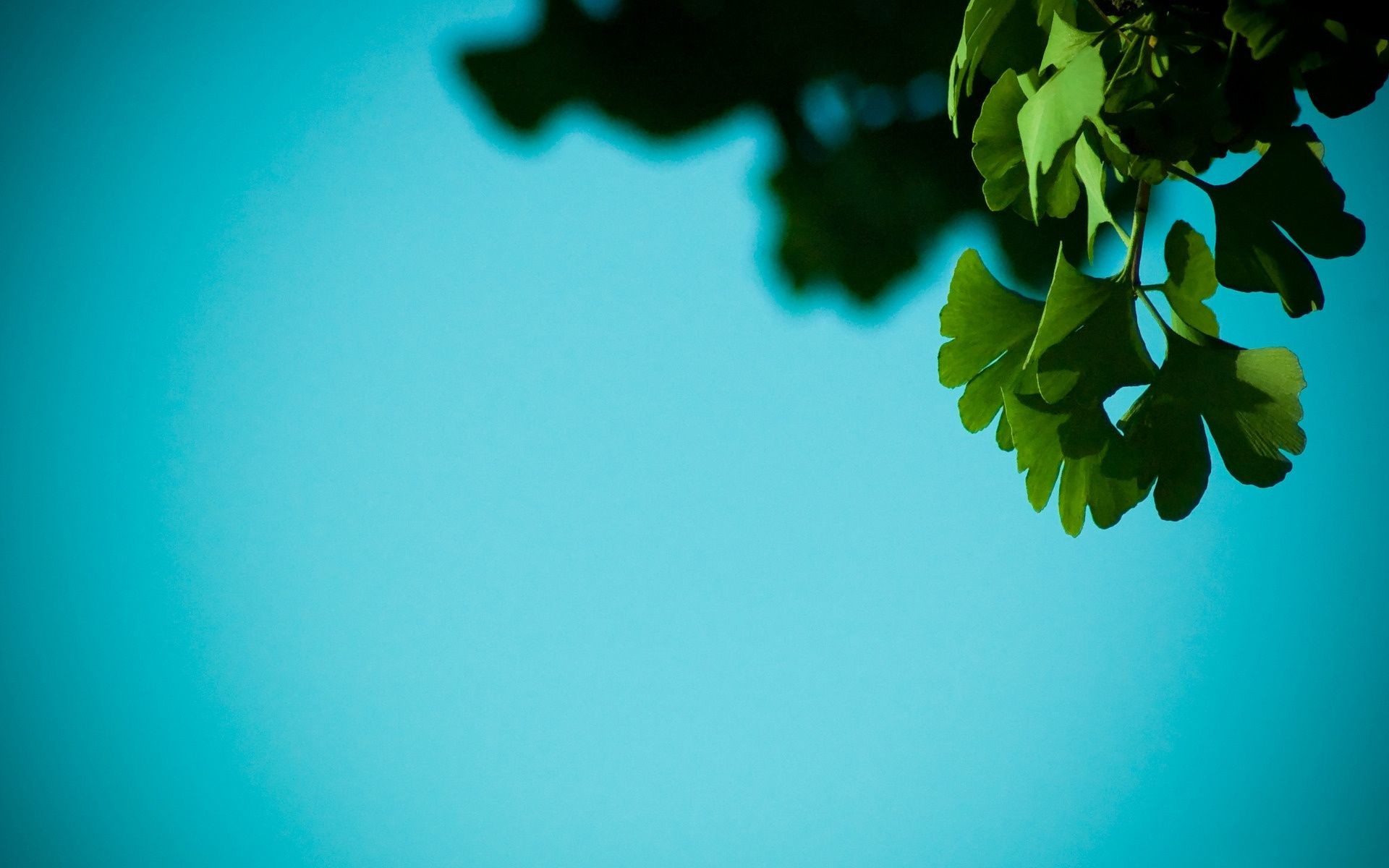


Look out for opportunities to use a wide aperture to create background bokeh, a beautiful background element for your compositions. Try starting with an aperture of about f/18 and working your way down, once you reach f/4 you should notice your background starting to blur. The easiest way to throw the background out of focus, is to adjust your depth of field by using a wide aperture, and leaving some distance between your subject and the background – the more distance you leave, the more blur there will be. One of the best ways to handle a distracting background is to blur it. When composing your images, look for backgrounds that contain varying shades and tones, and use colors that contrast with your subject to offset your subject and add visual interest to your photos. When most people think of contrast, they think of black and white, but while tonal contrast is easier to spot in black and white imagery, there is plenty of tonal contrast in color as well. Use Contrasting BackgroundsĬontrasting backgrounds are a great way to add drama and excitement to your image, and are a great way to draw the focus onto your subject. Distracting lines will only confuse the scene at hand and will serve as a distraction. Avoid horizon lines or telephone lines that run directly behind your subject’s head, and make sure there are no competing lines running in different directions. Just take care to avoid unintentional and intrusive background lines. Converging lines that disappear into the distance are a great example of lines that help to draw the viewer into the image, while adding a sense of depth. Background lines can also be used to create a sense of movement in your images, or to convey a sense of distance or depth. Use Lines to Convey a Sense of DepthĮffective compositions often use lines to draw the viewer’s eye to the subject. Just make sure the subject you are shooting will work well with this technique and that you aren’t cropping out a valuable part of your picture. A close up of your subject can often help you avoid any unnecessary and distracting background elements. Sometimes, filling the entire frame with your subject is the best way to work with your background. A background that is simple and unobtrusive will help to draw the focus onto your subject, and will highlight their emotions, features, and expressions. If you find that your background is too busy, try moving you subject in front of a plain wall, the sky, or something equally simple. In most cases, this produces a less-than-desirable effect.

Objects in the background often compete with the subject for attention. Keep it Simple for a Powerful Composition Here are a few tips and techniques that can help you to create amazing photos with powerful backgrounds – every time. Fortunately, finding the right background for your images isn’t hard, with a bit of practice you will soon be adept at judging backgrounds, and identifying backgrounds that work with the composition at hand. After all, the background is part of your picture, and is often what will make the difference between a snapshot and a powerful composition.īackgrounds should be used to highlight your subject in a context that helps them to stand out, without being overwhelming. You should focus on the background as much as you do the subject. The background is what sets the stage for your entire composition.Īn effective background will add to the story, providing valuable information about your setting, and helping to dramatically enhance your photo. It’s easy to overlook the background and forget that it is a vital and prominent part of your photo, but taking the time to pay attention to the details in the background can open the door for new photographic opportunities and will help you to take your photography to the next level. Photos with distracting backgrounds tend to look cluttered and amateur, while intentional backgrounds instantly improve the entire composition, and add meaning and depth to a photo. Mastering the art of effective backgrounds is one of the fastest ways to improve your photography.įor better or worse, the background can have a major impact on the composition of a photo.


 0 kommentar(er)
0 kommentar(er)
